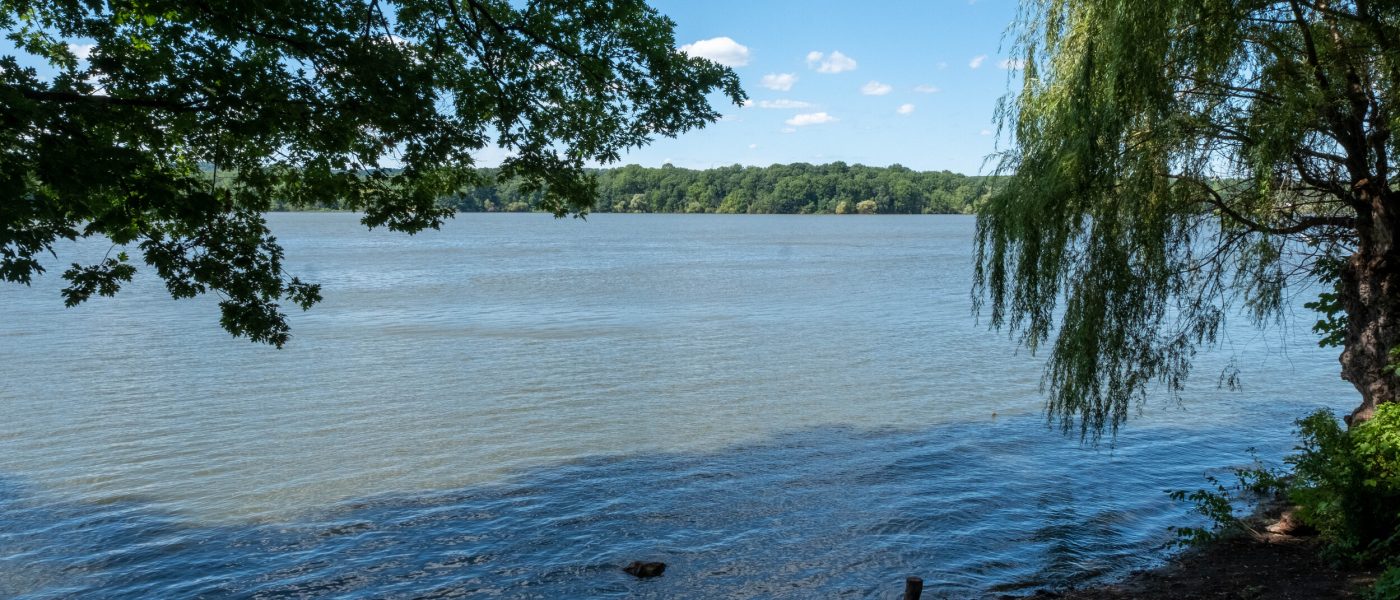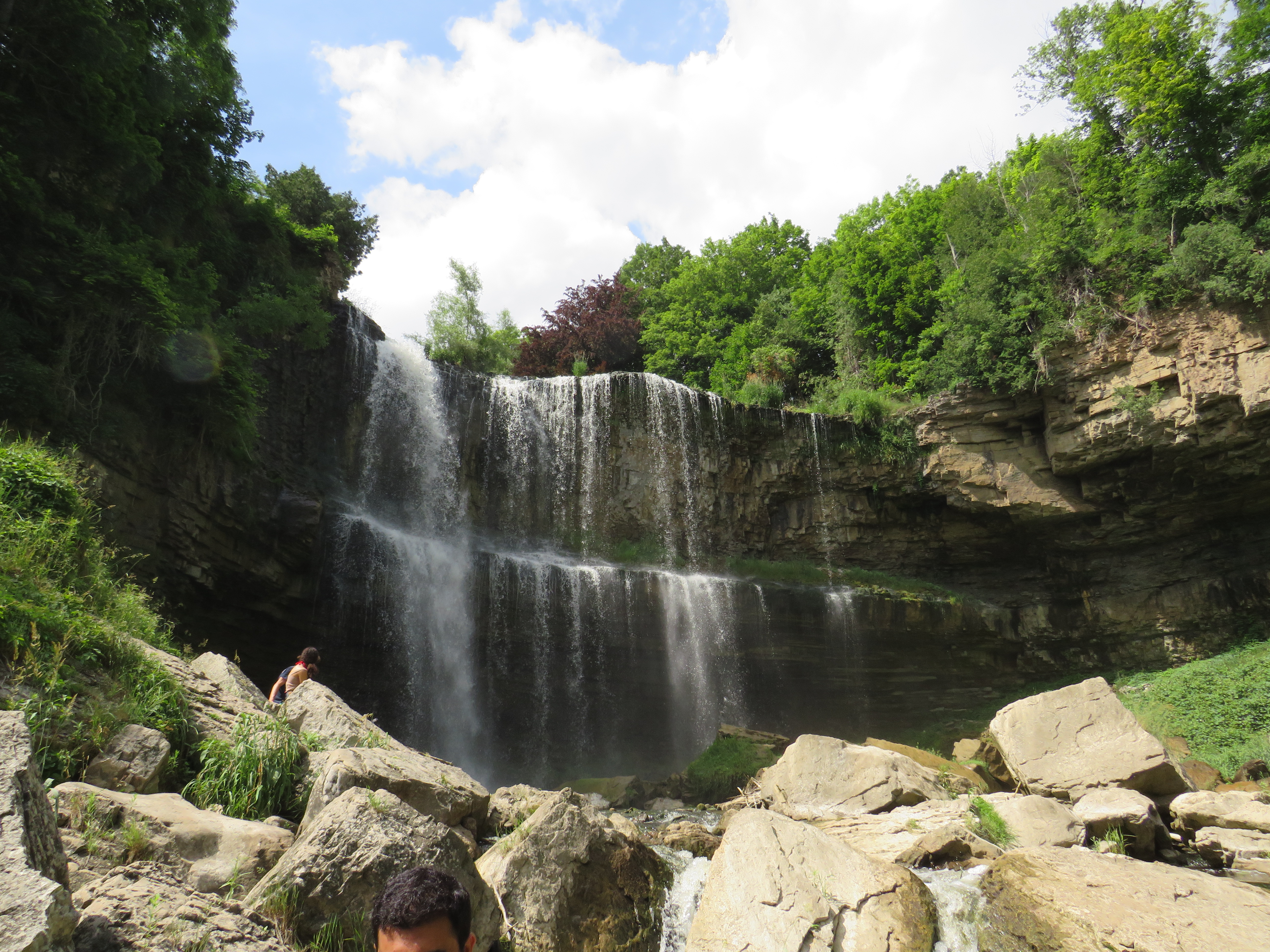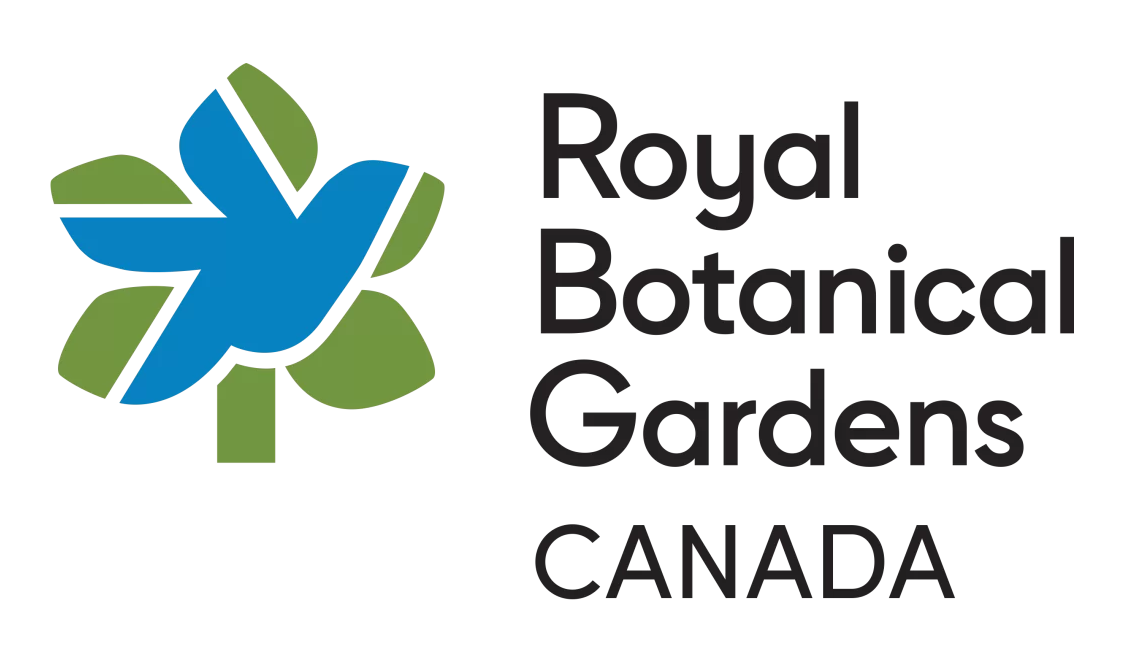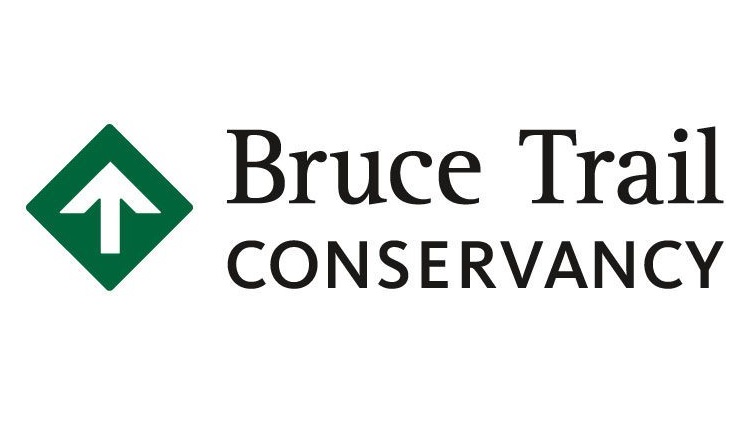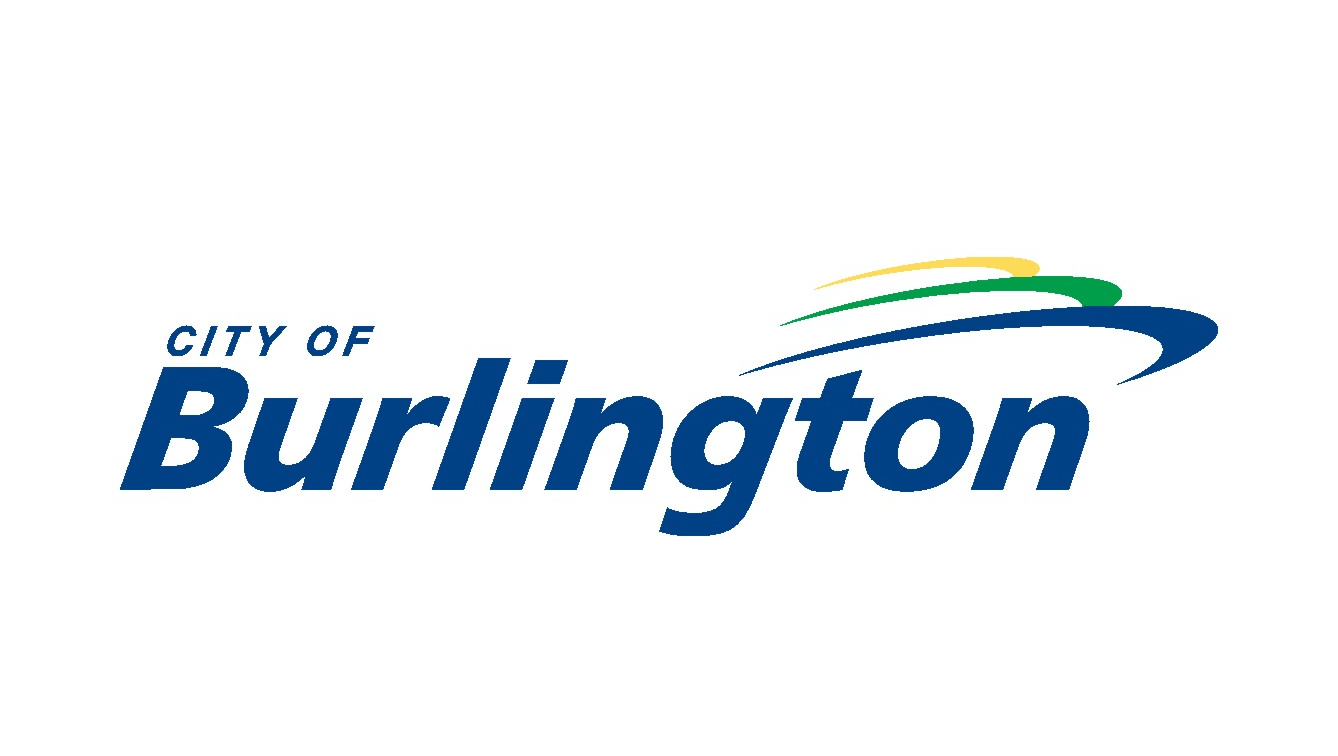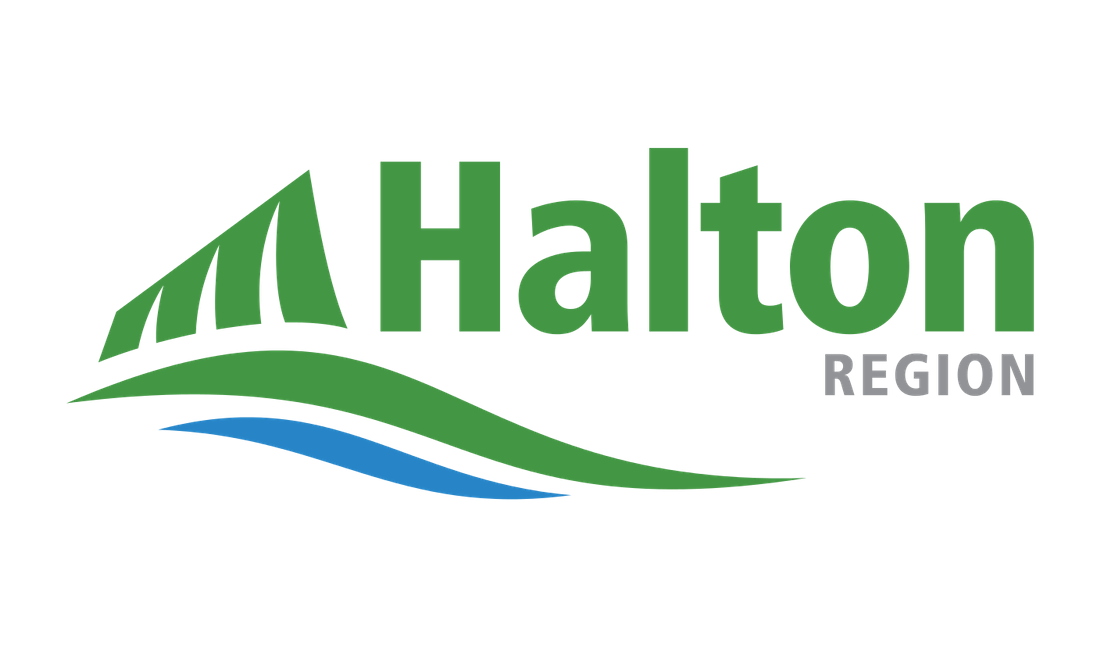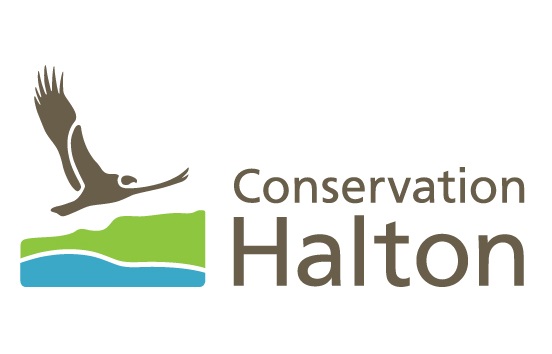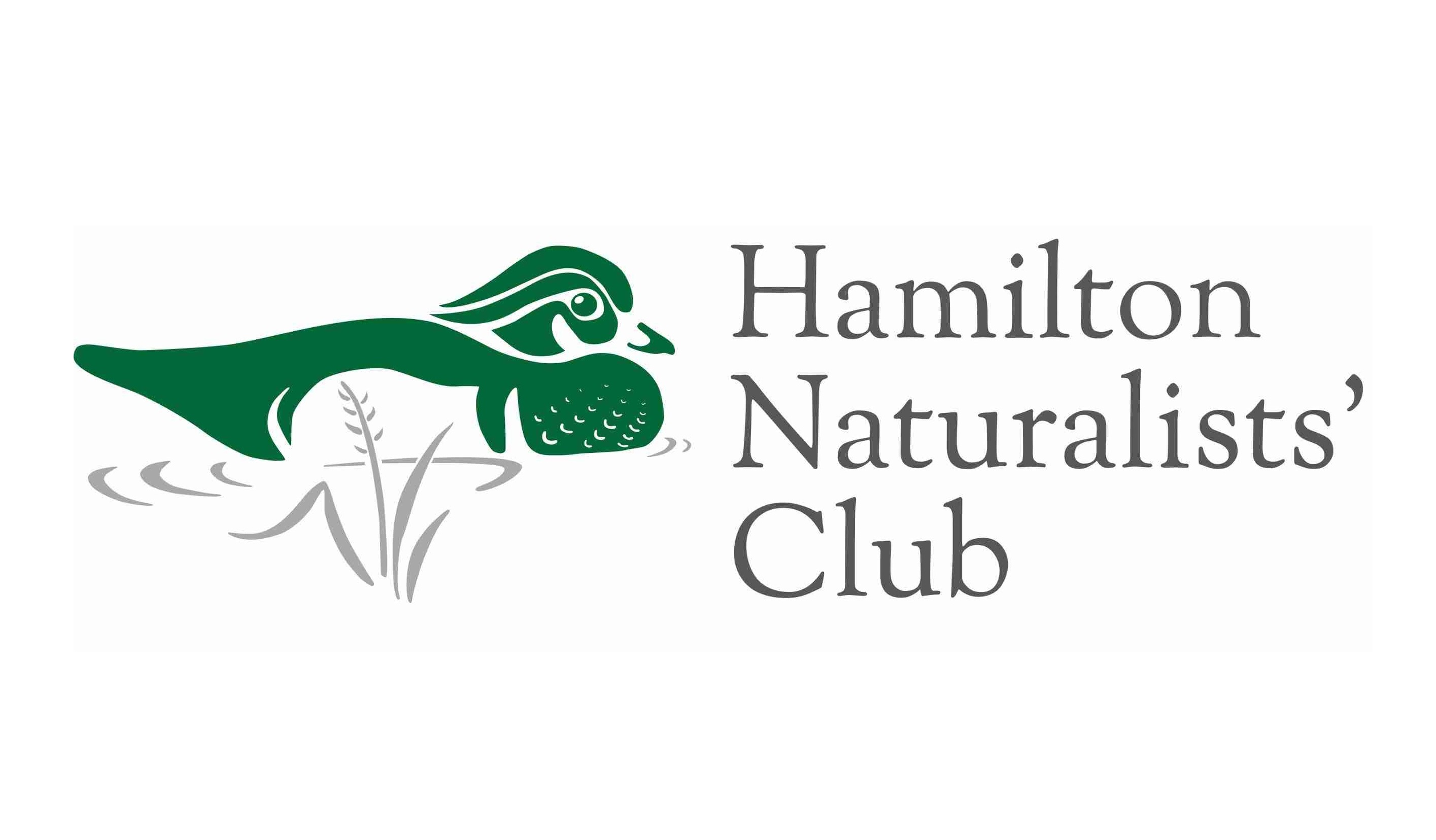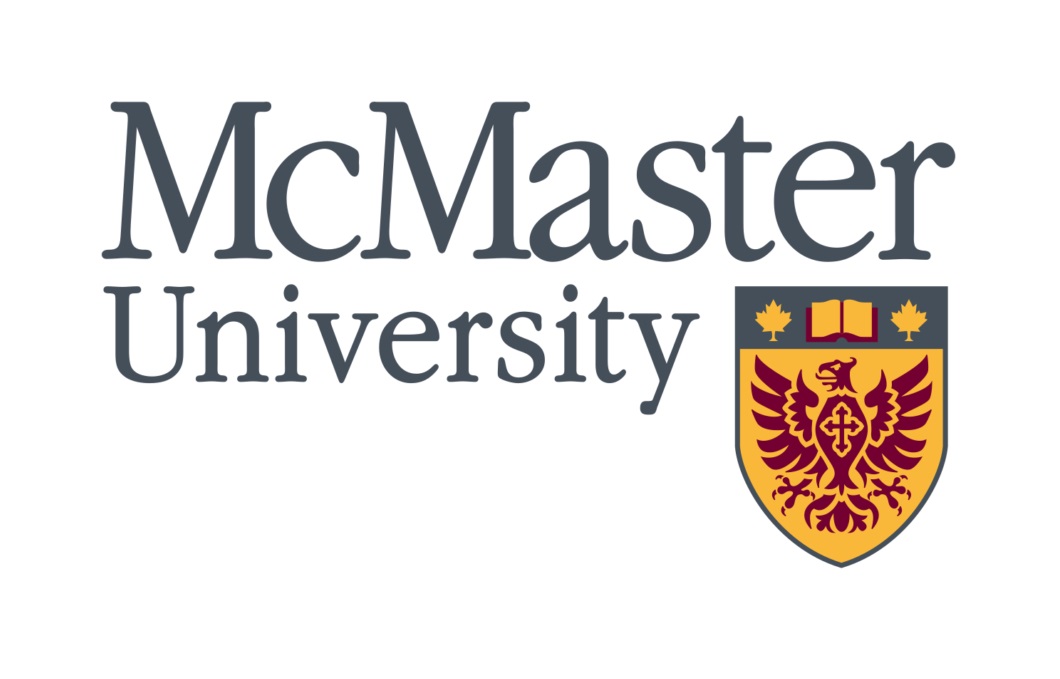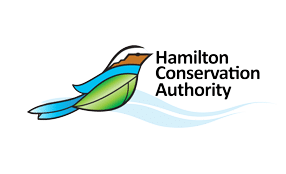What is the Cootes to Escarpment EcoPark System?
The Cootes to Escarpment EcoPark System is a collaboration among nine government and not-for-profit agencies that collectively protect nearly 2,200 ha of open space and nature sanctuary between Cootes Paradise Marsh, Hamilton Harbour, and the Niagara Escarpment. Since 2007, the collaboration has evolved as a voluntary park alliance in which the participating agencies own and manage their lands individually but collaborate on areas of mutual interest.
Learn more at the Cootes to Escarpment EcoPark System website!
Information Box Group
Vision
The vision of the Cootes to Escarpment EcoPark System is to become a permanently protected natural lands sanctuary linking Cootes Paradise Marshlands with Hamilton Harbour and the Niagara Escarpment.
Mission
The mission of the Cootes to Escarpment EcoPark System partners is to collaborate to preserve and enhance the natural lands we own and steward by using sustainable approaches to protect biodiversity, highlight ecosystem services, and enable responsible human connection to nature.
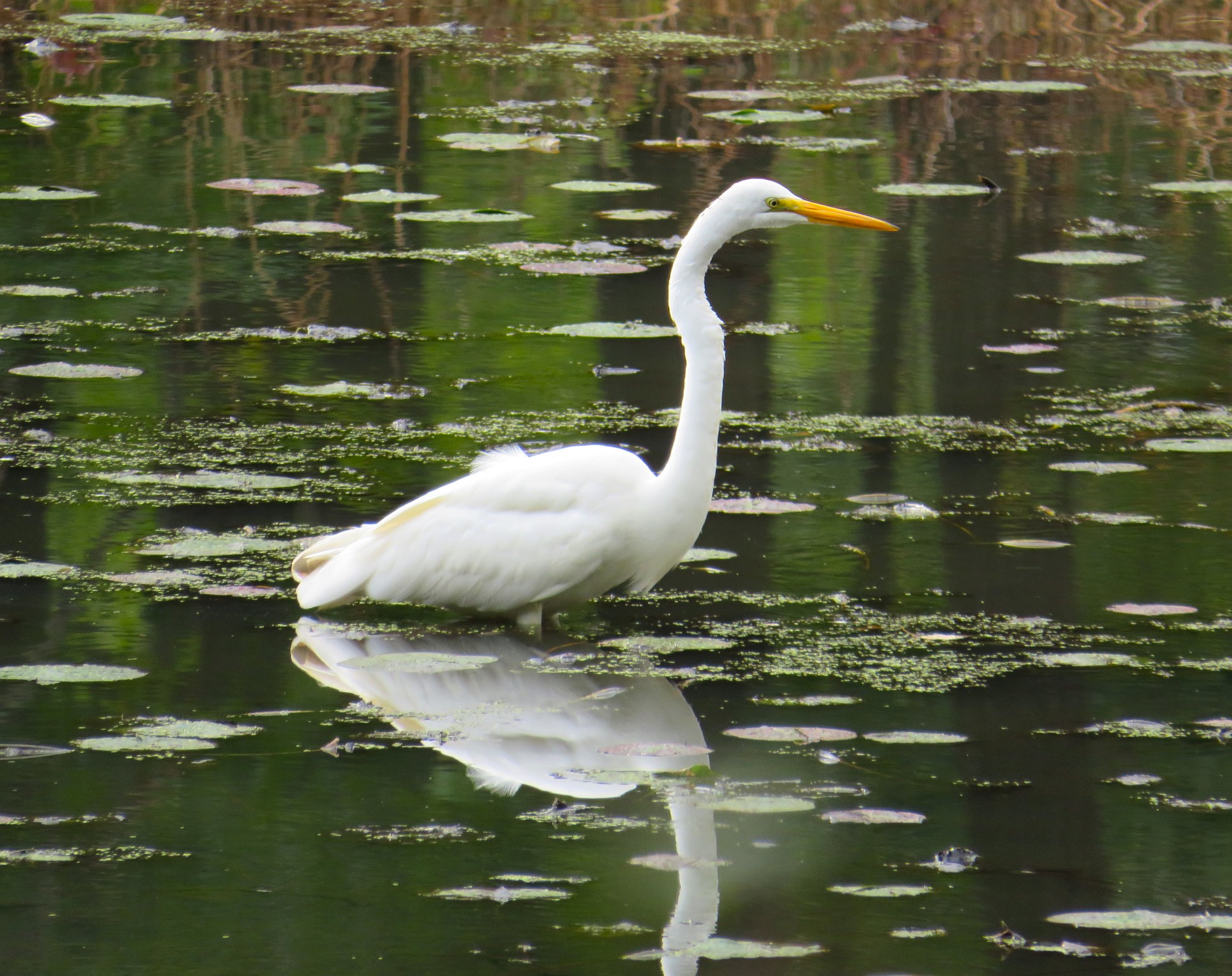
Protecting Natural Heritage
This is a complex, biologically diverse, and fragmented landscape of protected lands, open space, urban development, and other uses at the western end of Lake Ontario that is home to the only remaining terrestrial ecological corridor between the Niagara Escarpment and Lake Ontario coastal wetlands.
The two main watersheds within the Cootes to Escarpment EcoPark System area are Grindstone Creek and Spencer Creek. The mouth of Spencer Creek is a 250-hectare shallow marsh and open water area known as Cootes Paradise Marsh, which is widely recognized for its ecological importance. Its designations include Provincially Significant Wetland, Important Bird Area of National Significance, and Important Amphibian and Reptile Area. The Niagara Escarpment is a major geological and ecological feature extending 725 kilometres from Queenston in Niagara Region to Tobermory on the Bruce Peninsula. The Niagara Escarpment is recognized internationally by the Bureau of the United Nations Educational, Scientific and Cultural Organization (UNESCO) Man and Biosphere Program as a World Biosphere Reserve.
Through western Hamilton and Burlington the Niagara Escarpment is characterized by a variety of habitats. This part of the Niagara Escarpment is one of the few sections with a southern aspect. It is this south-facing protected microclimate that creates habitat for a wide diversity of species. These conditions create the specialized habitats for southern Carolinian forest zone plant species to exist at their northern limits and more northern species at their southern limits. The natural areas contain some of the most botanically rich lands in Canada, and provide habitat for many important bird, reptile, amphibian, fish and insect species. Several smaller watersheds drain directly into Cootes Paradise Marsh or Hamilton Harbour from the Escarpment. Cootes Paradise Marsh and Grindstone Estuary connect this ecological unit to Lake Ontario through Hamilton Harbour.
Overall, 1,582 species of flora and fauna have been documented through biological inventories of environmentally significant lands in the Cootes to Escarpment EcoPark System area. Surveys have identified over 50 species at risk within these natural areas.
Expandable List
- One of most biologically-rich areas in Canada, with more than 1,580 documented species
- Habitat for more than 50 species at risk
- UNESCO World Biosphere Reserve (Niagara Escarpment)
- Provincially Significant Wetlands (Cootes Paradise and RBG, Hendrie Valley, Lambs Hollow Wetland)
- Important Bird Area of National Significance (Cootes Paradise)
- Important Amphibian and Reptile Area (Cootes Paradise, Carroll’s Bay and Grindstone Valley)
- Several Environmentally Significant Areas
- Provincial Areas of Natural and Scientific Interest (Life Science and Earth Science)
History of the Cootes to Escarpment EcoPark System
The idea of a partnership around these natural areas was brought forward in 2006 by the Natural Heritage Planning Committee of the Bay Area Restoration Council.
Following extensive background research and consultation a first strategic plan, the Cootes to Escarpment Park System: Conservation Land Management Strategy was finalized in 2009 and approved in principle by all participating boards and councils in 2010. Nine land owning agencies agreed to establish the EcoPark System as a voluntary collaboration operating under a three-year Memorandum of Understanding in 2013, which has been extended twice and currently operates until 2026.
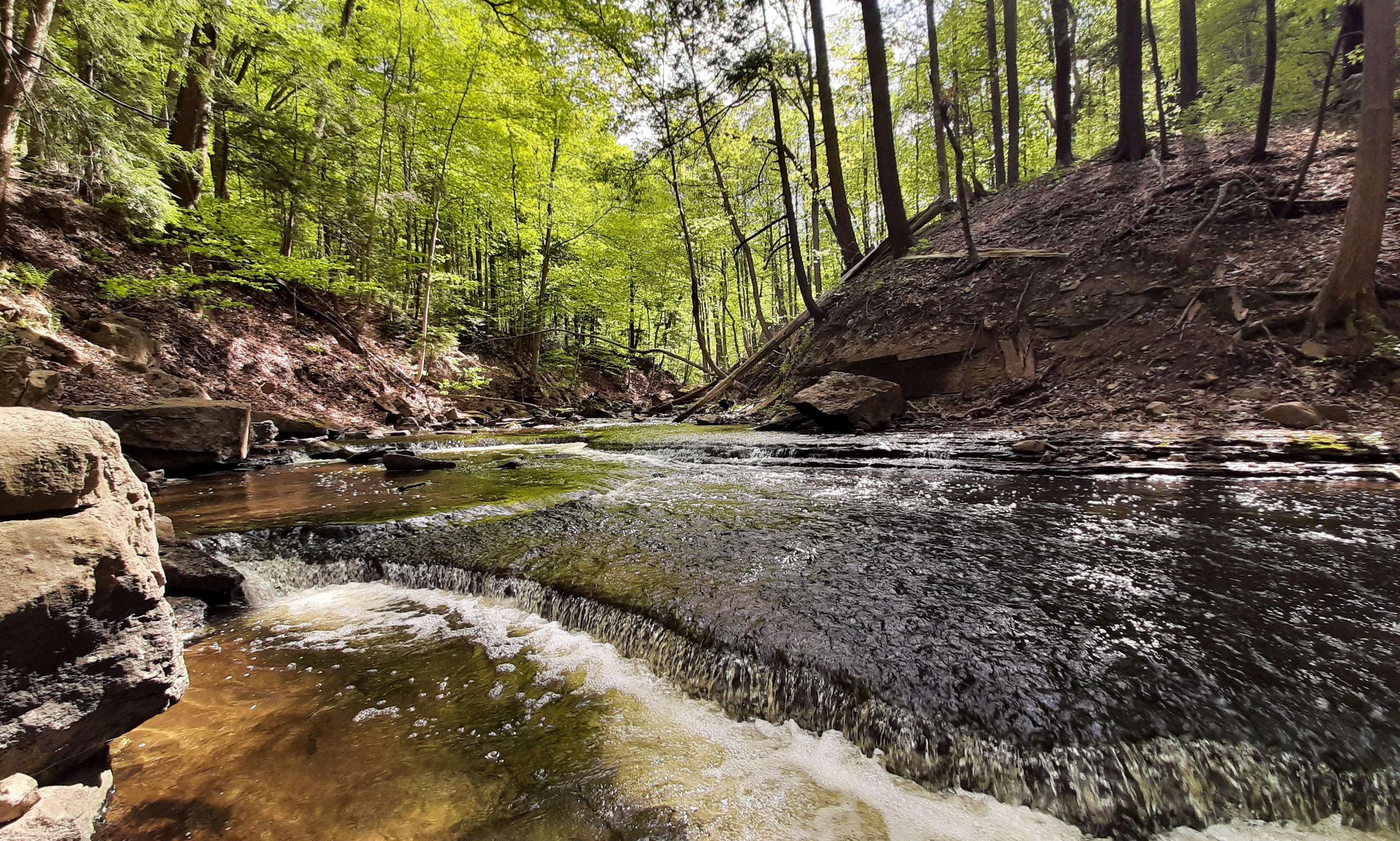
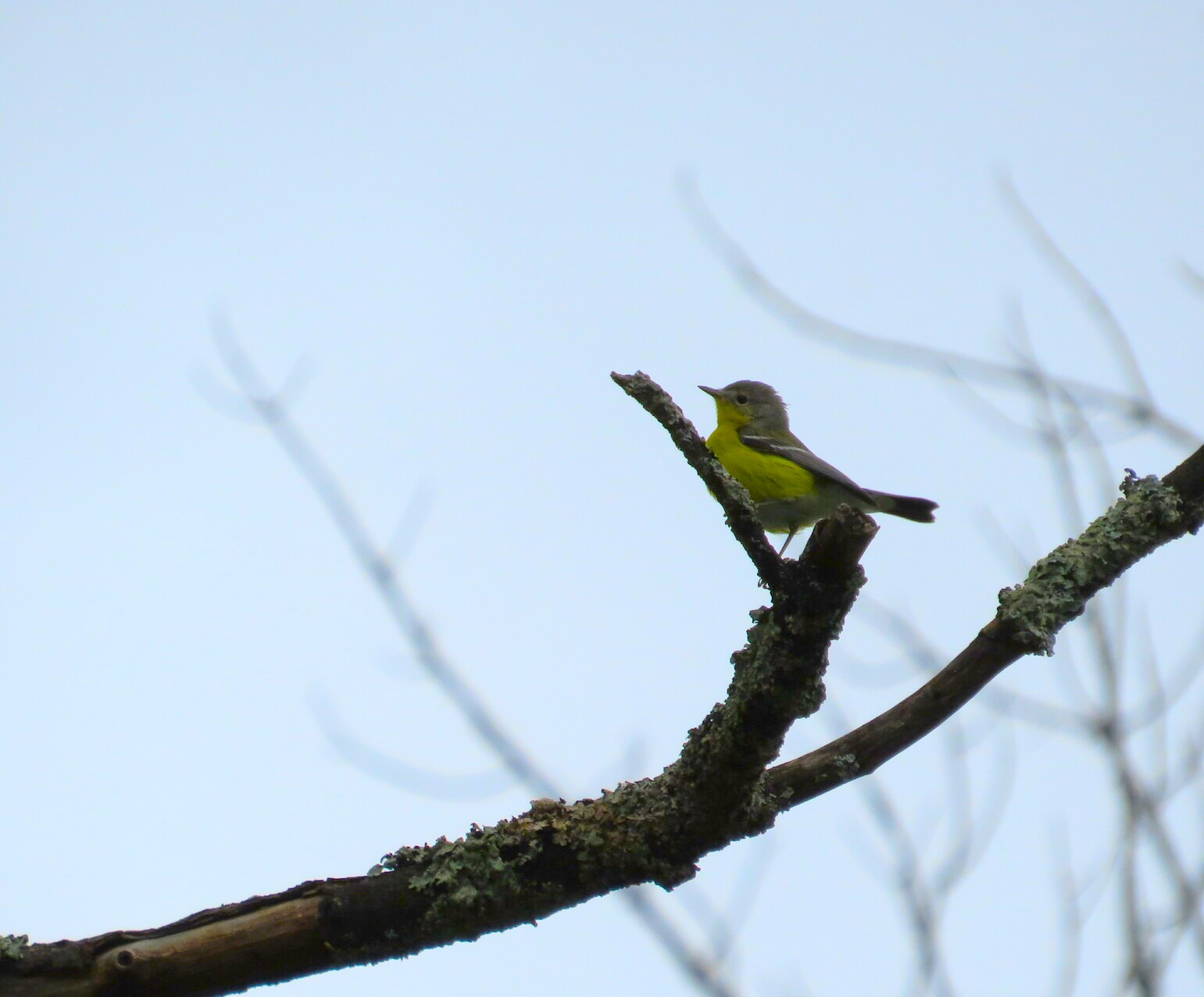
Cootes to Escarpment EcoPark System Ecological Corridors Pilot Program
The Cootes to Escarpment EcoPark System Ecological Corridors Pilot Program (Ecological Corridors Pilot Program) began in January 2023 and is helping the alliance better understand and develop the local landscape as a set of ecological corridors through EcoPark System partner-led projects that are:
- Reaching out to private landowners to assist with the landscape between protected areas,
- Investigating opportunities to protect additional areas,
- Restoring habitat in key areas and corridors, through the removal of invasive species, planting native plants, and barrier enhancement or removal to help wild species cross
built areas and roads, and - Inviting Indigenous communities and Knowledge Holders to participate and share knowledge regarding the land and its management
- Investigating and applying monitoring and measures to gauge the success of the overall program from the perspective of ecological corridor function.
EcoPark System partners play an important role in addressing biodiversity loss and climate change, but to be fully effective, these partner properties must be connected. Ensuring that our cities and infrastructure allow animals and plants to thrive through well-planned and strategically placed ecological corridors is integral to effective nature protection and conservation. Ecological corridors support the uninhibited movement and migration of species between conserved areas, allowing them to interact and find habitat. They also allow other natural processes, like pollination, to occur across the broader landscape and provide opportunities for people and communities to access greenspaces close to home and to co-exist responsibly and sustainably with nature.
Nature at McMaster’s Involvement
Nature at McMaster became involved in the Cootes to Escarpment EcoPark System primarily through the Ecological Corridors Pilot Program, beginning in January 2023. Through the Ecological Corridors Pilot Program, Nature at McMaster has launched projects focused on:
- Landowner Engagement
- Protecting Additional Areas
- Habitat Restoration
- Indigenous Engagement
- Monitoring for Success
Information Box Group
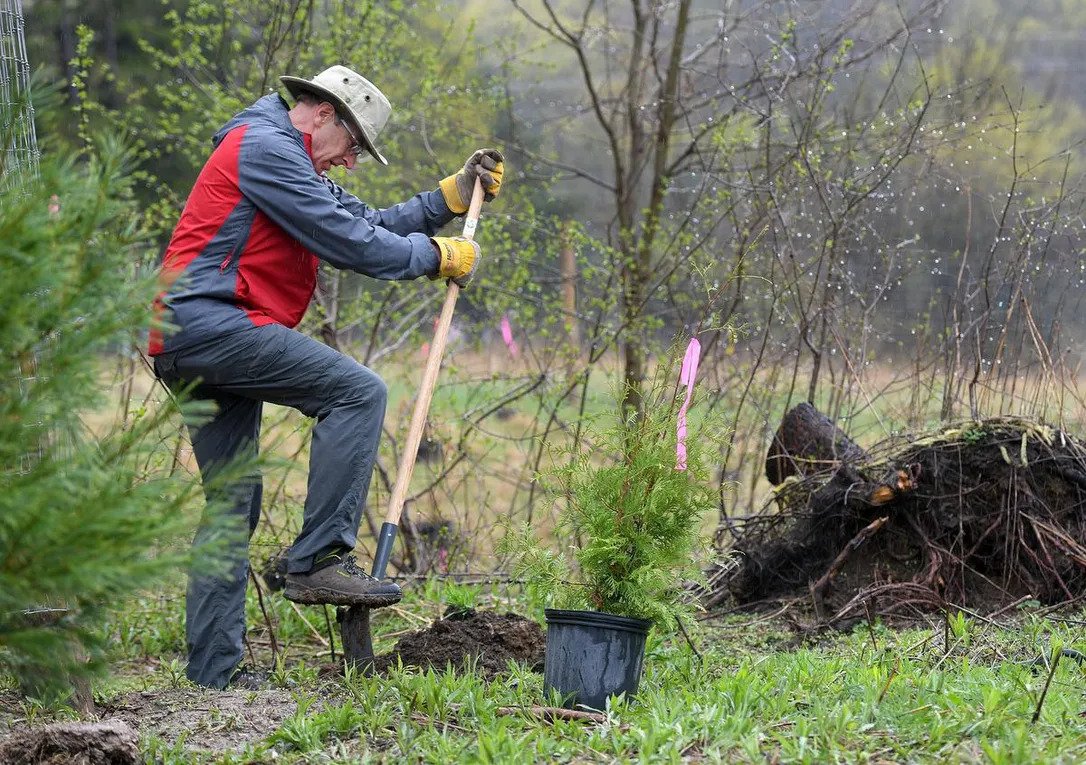
Landowner Engagement Keep up to date with our landowner engagement events
Nature at McMaster has organized multiple landowner engagement events to engage local communities in conservation, restoration, education, and recreation events.
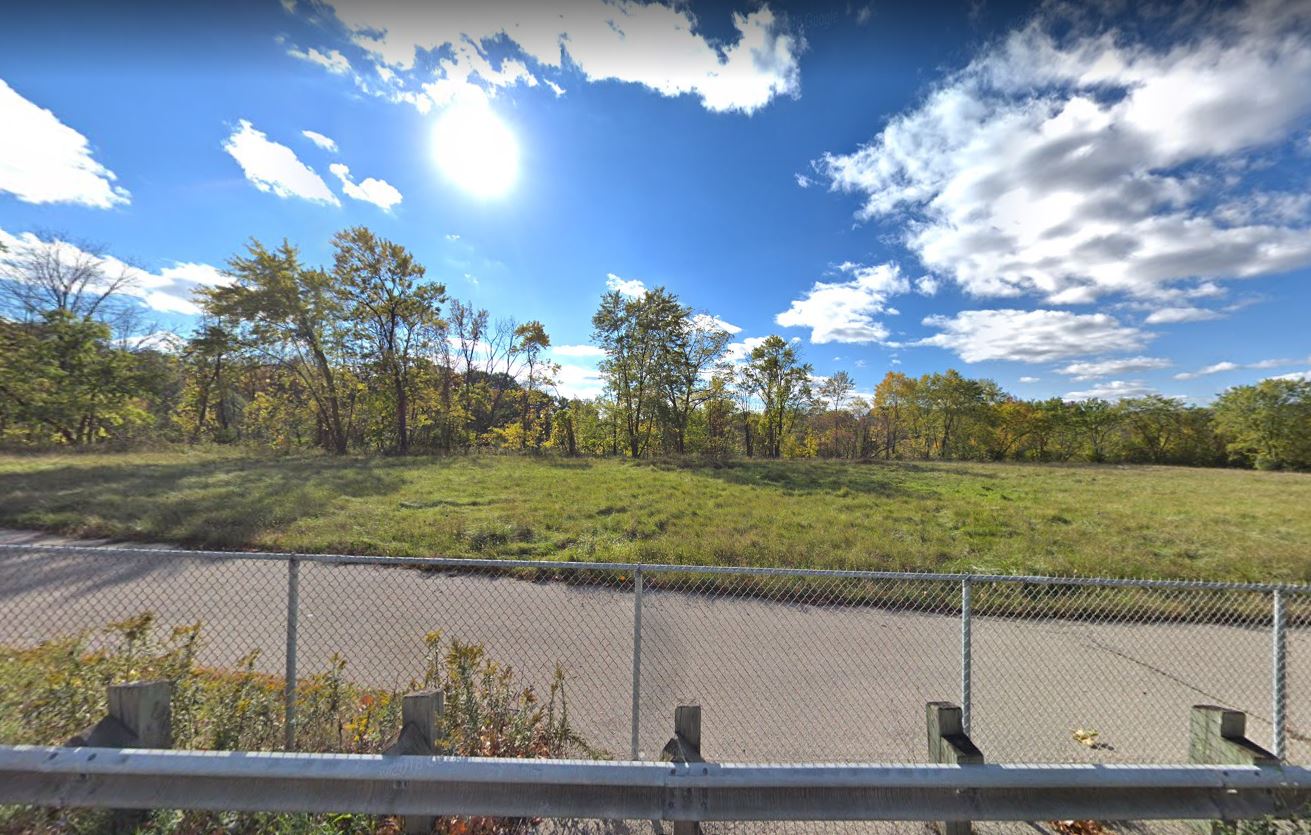
Protecting Additional Areas Keep up to date with our conservation efforts
Nature at McMaster has built relationships with local organizations and landowners to investigate opportunities to conserve and restore new areas and add lands to the Cootes to Escarpment EcoPark System.
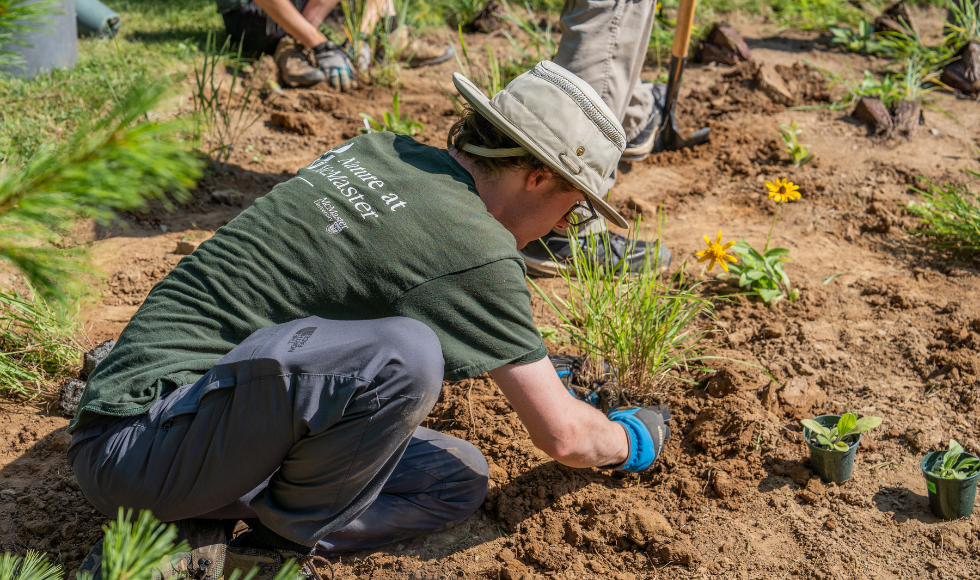
Habitat Restoration Keep up to date with our volunteer opportunities on our email list
Nature at McMaster is continually working to restore natural habitat across McMaster’s natural lands through invasive species removal, planting native species, and constructing new habitat features. The efforts of our staff and volunteers help to improve habitat richness and biodiversity across McMaster’s natural lands.

Indigenous Engagement Learn more about our Indigenous engagement projects
Nature at McMaster partners with Indigenous communities and Knowledge Holders to guide restoration efforts and provide new opportunities for Indigenous education and engagement through Indigenous-led projects.
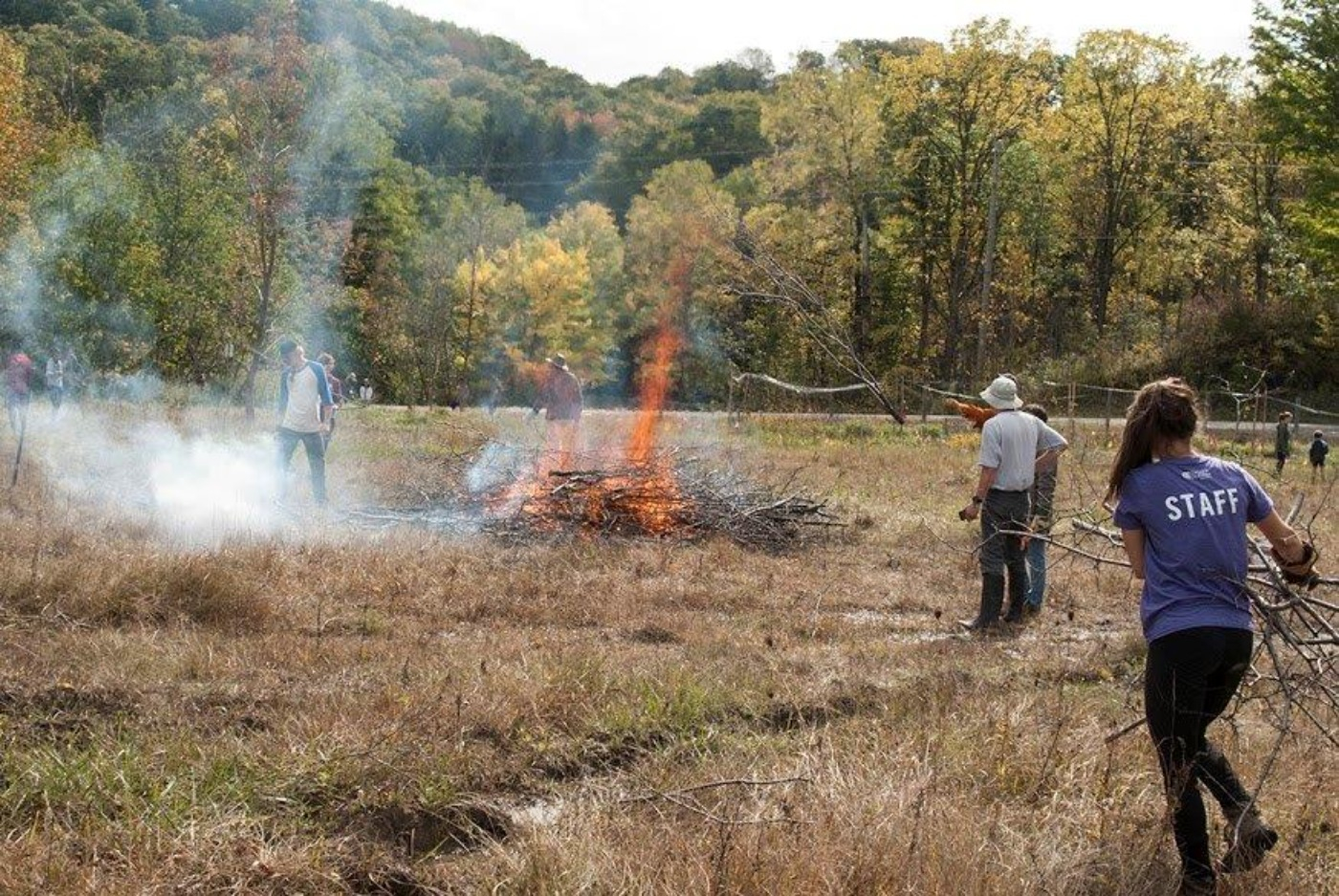
Monitoring for Success Learn more about our monitoring efforts
Nature at McMaster collects data on all restoration efforts to provide a foundation for investigating the success of our contributions to the health of ecological corridors in the future.
McMaster Restoration and Stewardship Project Map

Project Partners
The following organizations are partners in the Cootes to Escarpment EcoPark System.

